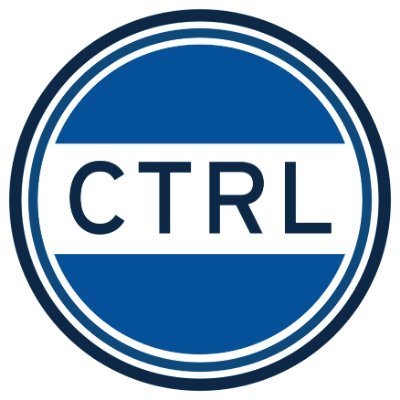Let’s Talk about Access!
By Tanja Aho
*** The CTRL Beat is excited to include this essay, the first post in Dr Aho’s upcoming newsletter series, “Access Hacks.” Each month the newsletter will provide a tangible access strategy that you can apply to your classroom to help disabled and neurodivergent students flourish more. Be sure to subscribe to get a monthly access hack delivered directly to your inbox to learn more about access, disability, and neurodivergence for the classroom and beyond!
Dear Reader:
This newsletter is intended for anyone who wants to learn more about access but doesn’t really know where to start. It’s called ‘Access Hacks’ because I have learned these ‘hacks’ from fellow disabled and neurodivergent colleagues, friends, and strangers who I have shared “access intimacy” with.
We use the word ‘hack’ because we are hacking ablesanist environments – ablesanist means spaces that are meant and built for able-bodyminded people, people whose bodies and minds conform to what we consider ‘normal.’
Classrooms are meant for able-bodyminded people. From the way that the classroom is set up to prioritize sightedness, to classroom furniture being arranged without wheelchair users in mind, to the inflexible deadlines of exams that are difficult for neurodivergent students, our educational environments are not created for disabled and neurodivergent people.
But we can hack these ablesanist environments and help our disabled and neurodivergent students flourish!
In this newsletter, I will offer one piece of advice every month to change your classroom so that disabled and neurodivergent students can flourish more.
Access Hack #1: Talk about access.
This might seem too simple to be true, but oftentimes talking about access is the most important thing you can do for your students. Disabled students are wary of professors who do not respect accommodations, wary of fellow students who do not understand their disabilities, wary of the university and its many inaccessible buildings, pathways, and policies.
If you talk to your students about access you signal to them: I understand and I care—you matter here.
Even if you feel like an access ‘novice,’ remember that none of us know it all. Talking about access doesn’t mean you are the expert; it means you are cognizant of some of the struggles that your students face and are willing to work on creating more accessible classrooms. That’s all. Active listening and ethical compassion will go a long way in making your classrooms more accessible.
I do this every semester in a three-step process, but even choosing just one of these will go a long way:
- I send out a survey before the first day of class inquiring about my students’ access needs, general circumstances, and attitudes about our return to classes
- I have an access statement in my syllabus that specifies how I think and care about access
- On the first day of class I discuss disability and access as concepts with all my students, no matter what the class is about
Using all three steps ensures that I reach each student in at least one way; providing multiple avenues of access to the same content is one of the many ways in which you can increase access in your classrooms. In future newsletters I will provide more details on each of these ways to talk about access.
Flexibility is another major component of access work. Not everyone will fill out the survey; not everyone will read the syllabus; not everyone will be there on the first day of class (and we need to be okay with that). Halfway through the semester I send out another access/check in survey; students’ access needs may change during the semester, just like their names or pronouns may change.
I regularly talk to my students about my and their access needs throughout the semester. I make sure to arrive in my classroom a few minutes early and while I set up my laptop to record class sessions and run Zoom (another major access hack), I chat with students about various access issues: Have you heard about the university’s changes to the all-gender bathroom stalls? How are you all feeling about the changes to AU’s masking policy? Did you realize there is no accessible way in this building to get to a restroom?
Finally, I want to highlight how important transparency and openness are to access. Sometimes I tell students about my own access struggles. As an autistic faculty member I find the lighting in many buildings and rooms challenging, as well as the various background noises, hallway chatter, and air filtering sounds that make auditory processing harder for me. Disabled students need to know they have disabled and neurodivergent faculty, but even if you do not identify as disabled or neurodivergent, you can still model an interest and awareness about disability issues on campus and beyond.
Providing access starts with talking about access. You do not need to be an expert to show interest in your students’ access needs and campus-wide access issues. All you need is empathy and care. The access will come from there.
This is the first post in Dr Aho’s series “Access Hacks.” Subscribe to get a monthly access hack delivered directly to your inbox.
Author Profile
Dr. Aho teaches in the American Studies program of the Department of Critical Race, Gender, and Culture Studies. They specialize in Disability Studies and teach the two core classes of the Disability, Health, and Bodies Certificate and are the co-chair of the Disability+ Faculty & Staff Affinity group.


